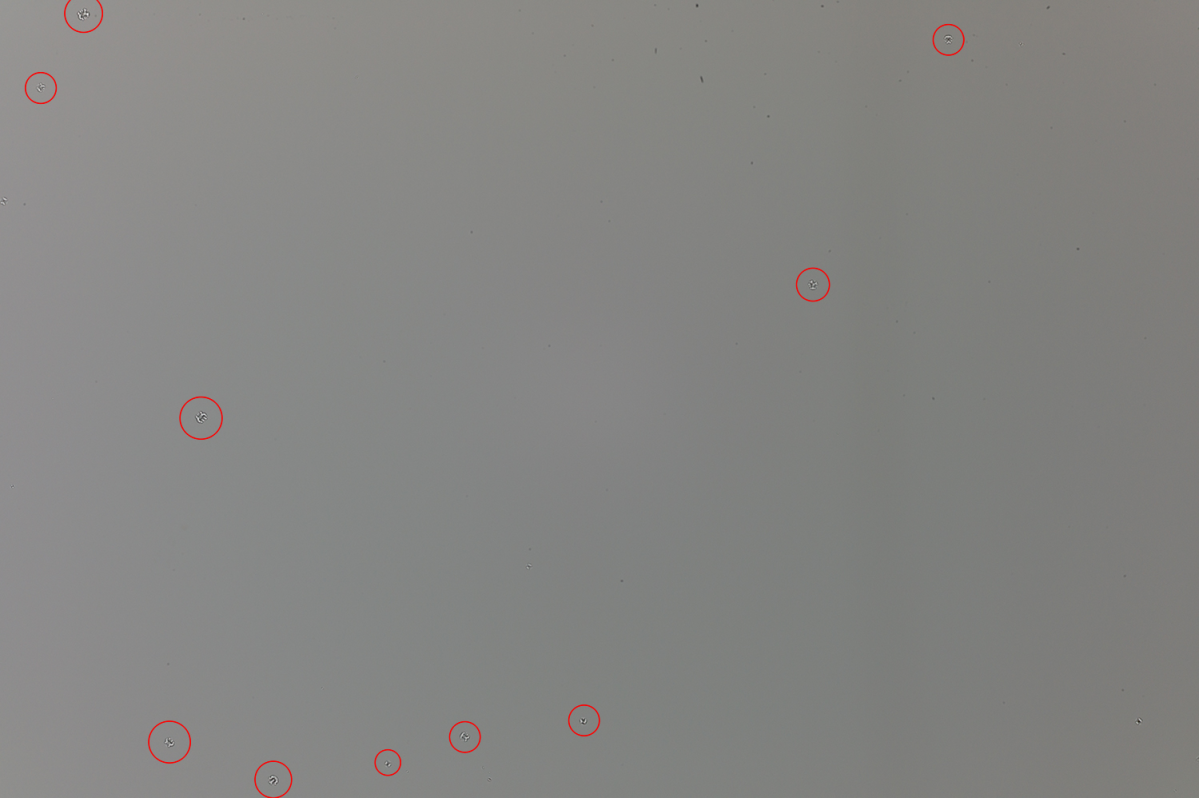At last! Leica has added the M10 to their CCD corrosion upgrade program. We have been patiently waiting for a while, and now owners of CCD cameras affected by the corrosion issue have the option to upgrade to the latest member of the M family. Also, in line with the recent price increase on May 1, Leica has updated the pricing of upgrading to the other M models in the program.
As before, only M9, M-E, M9-P or original CCD-based M Monochrom cameras that exhibit sensor corrosion are eligible for the upgrade program. We can help you determine if your camera’s CCD sensor shows signs of corrosion. See below for instructions on shooting a proper test image and how to email us the file for evaluation.
Upgrade Pricing
| Upgrade from M9/M-E | Old Price | New Price | Change |
| to M10 | N/A | $5,450 | N/A |
| to M (Typ 240) | $3,500 | $3,850 | $350 |
| to M-P (Typ 240) | $3,900 | $4,350 | $450 |
| to M Monochrom (Typ 246) | $4,350 | $4,750 | $400 |
| to M (Typ 262) | $3,100 | $3,450 | $350 |
| to SL (Typ 601) | $3,100 | $3,100 | No Change |
| to Q (Typ 116) | $2,350 | $2,550 | $200 |
| Upgrade from M9-P | Old Price | New Price | Change |
| to M10 | N/A | $5,150 | N/A |
| to M (Typ 240) | $3,300 | $3,650 | $350 |
| to M-P (Typ 240) | $3,700 | $4,150 | $450 |
| to M Monochrom (Typ 246) | $3,950 | $4,350 | $400 |
| to M (Typ 262) | $2,800 | $3,150 | $350 |
| to SL (Typ 601) | $2,800 | $2,800 | No Change |
| to Q (Typ 116) | $2,100 | $2,300 | $200 |
| Upgrade from M Monochrom | Old Price | New Price | Change |
| to M10 | N/A | $4,950 | N/A |
| to M (Typ 240) | $3,100 | $3,450 | $350 |
| to M-P (Typ 240) | $3,500 | $3,950 | $450 |
| to M Monochrom (Typ 246) | $3,750 | $4,150 | $400 |
| to M (Typ 262) | $2,750 | $3,100 | $350 |
| to SL (Typ 601) | $2,700 | $2,750 | $50 |
| to Q (Typ 116) | $2,100 | $2,300 | $200 |
How to tell if your camera has corrosion
If you think your camera may be exhibiting signs of CCD corrosion, you can email us a full resolution JPEG file and we are happy to evaluate it for you. Should your camera suffer from CCD corrosion, we can then discuss the best way to proceed with a sensor replacement or camera upgrade. Here’s how to get us a full resolution image to check for corrosion:
- Set the camera to its base ISO setting
- Set the camera to shoot either DNG+JPEG or JPEG only
- Attach a lens to the camera (a 35mm or 50mm works best)
- Stop the lens aperture all the way down (f/16 or f/22 depending on the lens)
- For a subject, either a solid blue sky or a solid, light colored wall is ideal
- If shooting the sky, focus the lens to the closest distance. If shooting a wall, focus the lens at infinity (you want an image that is as out of focus as possible).
- Shoot an exposure of the wall or sky and be sure to move the camera around during the exposure (to blur any details in the image, as we want to only see what may be on the sensor)
- Email us the JPEG file for evaluation
Below is an example of an image from an M9 that is showing CCD corrosion, which is highlighted in red circles. You can see the white “halos” around the spots that indicate corrosion. The sensor also has numerous dust spots that can be cleaned, however it is important to see the difference between the regular dust (easily cleaned) and the corrosion spots (which require a sensor replacement).


Let’s assume that my M10 does not show any CCD corrosion issues at this time.
*What causes the issue
*When in a timeline would/could the issue be expected to arise
* If the issue subsequently arises, how is it taken care of via Leica, and any time limits attendant with repair
*How prevalent is the issue
Arnold, from what I understand the corrosion issue will affect all, or nearly all, full-frame-CCD-based M cameras. The timing with which corrosion happens seems to be somewhat random, same with the severity of it. I have noticed that the less a camera is used, the more likely it is to suffer from corrosion. Leica can replace the CCD if you so desire. This is done under warranty if the camera is less than five years old, but there is a charge (determined by Leica and it does vary sometimes) if the camera is older than 5 years. Depending on the severity of the corrosion and your own plans, you do have a few options to either upgrade, exchange the sensor or simply continue shooting as-is.